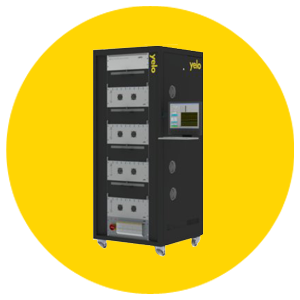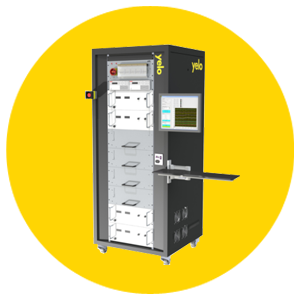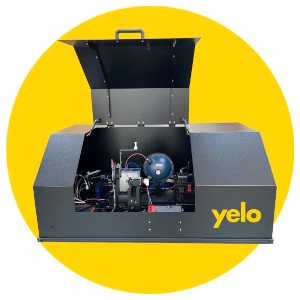Photonics Test
What is Laser Reliability Testing?
Laser reliability testing consists of a series of tests that laser diodes can be put under in order to ensure their reliability for post-production use. There are different types of tests that can be carried out and there are multiple measurements that can be taken in order to evaluate the reliability of the device. One of these tests is laser diode burn-in.

What is Laser Diode Burn In?
Burn-in tests are applied to laser diodes during their manufacturing process to identify potentially defective devices. this early detection allows for a large decrease in infant mortality rates of the devices reaching post-production. In other words, they can be used to screen out lasers with short life expectancies.
All laser diodes are subjected to burn-in testing during manufacturing. Its aim is to identify and remove any defective devices at an early stage that would later suffer from infant mortality. Screening out laser diodes with short life expectancies involves burn-in testing the devices at high temperatures. This will lead to an improved level of reliability among the remaining lasers. Burn-in testing can greatly increase test cycle times and manufacturing costs. It is therefore common that laser diodes have burn-in tests that run for under 100 hours. A laser diode is screened out through burn-in tests if a change in one or more of the operating parameters is detected. These key operating parameters are measured both before and after the high-temperature burn-in tests. It is important during testing that the temperature and operating current are as high as possible to minimise the time required for test completion. However, it is also important to avoid setting them too high that the laser degrades in a manner that would not be present during normal operating conditions.
BURN-IN TEST WITH SITU
BURN-IN WITH SEPARATE TEST
What Problems Can Burn-In Solve?
High Infant Mortality Rates
Weak Links in Manufacturing
Our Burn-In Systems
Y1000
Our standard rack for Low Power Laser Diodes up to 1A. Suited to high-volume production environments.
Y4000
Our highest density rack tailored specifically for high-volume production environments. It offers a 400% increase in capacity compared to the Y1000S standard rack.
Y2000
Designed for High Power Laser Diodes up to 500A. This is tailored to the customer that produces high-power industrial lasers for things like cutting, welding, and materials processing.
LIV System
This is designed to perform LIV (light-current-voltage) tests on a laser diode. It is one of the critical tests that a laser must go through to ensure its reliability for post-production use.
Laser Diode Characterisation System
The Yelo Laser Diode Characterization system performs automated characterization of a laser device. The system will allow the operator to load a single packaged Laser device into a TEC controlled fixture mount. Each test station (LIV, Spectrum, Far Field/Beam Divergence) will then automatically align with the Laser Device in sequential order and perform the automated tests required of each station.






